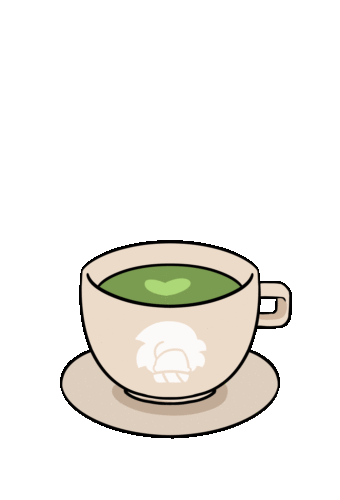Oolong tea is one of the most versatile tea since it includes all oxidation levels between green and black tea. The production is very complex, and the different varieties vary greatly in appearance, taste and aroma. The oxidation levels vary between lightly oxidized and highly oxidized Oolong. The leaves’ shapes are either long and curly leaves or so called, pearls. Oolong originally comes from China’s Fujian Province but is however produced worldwide. Oolong from the Taiwanese highlands (Formosa Oolong) is especially famous besides Oolong from Fujian Province.
Plucking
The best quality of tea leaves are harvested in the spring. For high-grade Oolong only the leaf shoot and the first two leaves are picked. Picking by hand is still common for higher grade Oolong.
Processing
The tea leaves need to be withered after plucking, whether in sunlight or indoor. The tea master decides the length of the withering time. After withering the leafs are ready for the oxidation process. The leaves are rolled slightly so that juice flows out and reacts with the oxygen in the air. When the desired degree of oxidation is reached, the tea leaves are roasted to stop further oxidation.
Oolong teas like Dong Ding are then rolled into balls and dried completely. Some Oolong varieties are additionally roasted to add a distinctive taste and to improve the shelf life.

